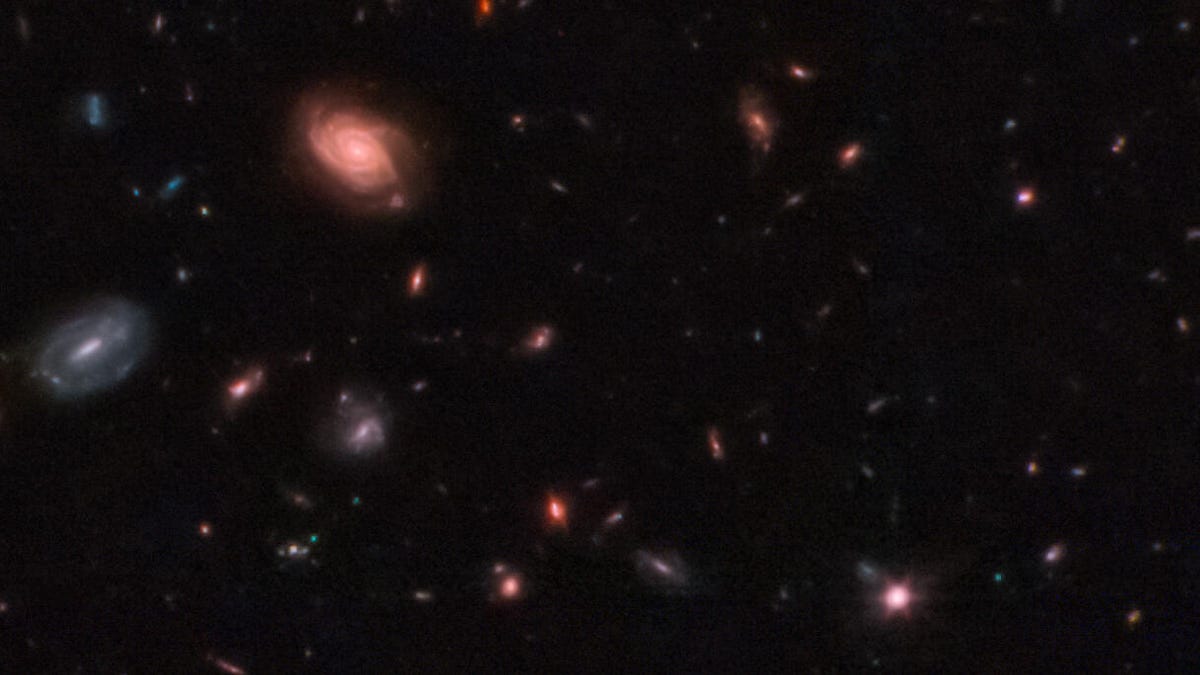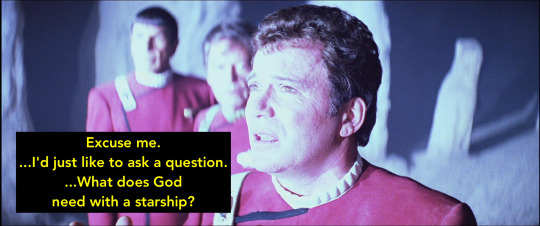
Posted on 08/08/2022 8:55:50 AM PDT by Red Badger

spiral galaxies and distant galaxies are visible against the black void of space A small portion of deep space observed by JWST.
NASA/STScI/CEERS/TACC/S. Finkelstein/M. Bagley/Z. Levay
Astronomers armed with early data obtained by the James Webb Space Telescope (JWST) are hunting galaxies that existed just a few hundred million years after the Big Bang.
Rohan Naidu, an astrophysicist based at Harvard's and Smithsonian's jointly operated Center for Astrophysics, and his colleagues have been particularly good at uncovering these cosmic relics.
Just a few days after the JWST's first images were beamed across the planet in July, Naidu and his collaborators dropped a paper that reverberated across the web, picking up a real head of steam on social media. Using data from the 'scope, the researchers announced that they'd discovered a candidate for the most distant galaxy ever seen, dubbed GLASS-z13. Then, not even a week later, a number of groups found candidate galaxies ever farther away.
It's not surprising, then, that we have yet another candidate.
In a pre-print paper, released on Aug. 5 and yet to undergo peer review, Naidu and colleagues have detailed another distant galaxy candidate, from one of JWST's early release science programs, known as CEERS-1749. It's an extremely bright galaxy that, if confirmed, would have existed just 220 million years after the Big Bang -- and it could also rewrite our understanding of the cosmos.
But there's a huge catch.
CEERS-1749 could be one of the most distant galaxies we've ever seen. Or it could be lurking much closer to home. Essentially, the data seems to indicate two possible places for the galaxy to be -- and we won't know which one is correct without a lot more observation. That's earned it the title of "Schrodinger's galaxy candidate" in the paper submitted to pre-print repository, arXiv, on Aug. 4.
So, how can a galaxy like Schrodinger (the name we're running with because it's way more fun than CEERS-1749) seem to be in two different places? It's all about redshift.
To determine how far away a galaxy lies, astronomers study wavelengths of light. Specifically, they're interested in a phenomenon of light known as redshift. In a nutshell, light waves leaving distant galaxies get stretched over time, shifting the waves down the electromagnetic spectrum and making them more, well... red. So, ultraviolet light leaving a galaxy like Schrodinger won't reach Earth as ultraviolet light. Instead, it will be redshifted down into the infrared, which is great for us because that's just the kind of light JWST searches for.
And JWST has various filters, looking at distinct wavelengths of infrared. In examining a galaxy like Schrodinger, you can flick through the wavelengths like you might flick through a photo album. On the first few pages -- less red wavelengths -- you won't see a thing. Then, as you turn through and the wavelengths become more red, the ghost of a galaxy appears. In the most redshifted wavelengths, at the back of the album, the galaxy is a clearly defined object.
Redshift is denoted by the parameter z and higher z values mean a more distant object. One of the confirmed most-distant galaxies discovered to date, GN-z11, has a z value of 11.09. In the case of Schrodinger, the research team state it could have a z value of around 17. That would mean this light is from a time some 13.6 billion years ago.
This would also mean we might need to rethink our models of how galaxies evolved in the earliest days of the universe -- galaxies from that long ago should not be this bright, at least according to the model we currently use to explain our cosmos.
But maybe we don't need to break physics just yet.
The team suggest there is good environmental evidence that Schrodinger's z value might be around 5, which would mean its light is about 12.5 billion years old. Other galaxies in the region around Schrodinger all lie at about this distance. It might even be that Schrodinger is a satellite galaxy of one of its more massive neighbors.
But wait, there's more! Another group of researchers also studied this exact same galaxy from the early release data, publishing their own results to arXiv on the same day. Jorge Zavala, an astrophysicist at ALMA Japan, and his team added to the JWST data with data from an Earth-based telescopes in the French Alps and Hawaii.
They came to the conclusion that Schrodinger might be an imposter masquerading as a high-redshift galaxy when it's actually a much closer, dusty galaxy undergoing rapid star formation.
The take-home message? Work on this perplexing galaxy candidate is incomplete. JWST has been able to study the intensity of the light emitted by Schrodinger, but we need more measurements. In particular, spectroscopy will allow astrophysicists to scrutinize its redshift more accurately. The only barrier now is time -- getting enough time on telescopes around the world to study Schrodinger and solve the puzzle.
Ping!....................
I know it’s probably something I would not understand, but when Scientists say in an article, they are peering back into the origins of the Universe with the JWST, I wonder what happens in 20 or more years when another telescope is out there which is 100 times more powerful than the JWST and can see even further back in time, meaning how does anyone know when the end of the universe has been reached.

At some point, the red-shift of the light will be so far under the ‘infra-red’ (read: heat), part of the spectrum that it will be undetectable. Then you will have reached the edge of the known Universe. There may very well be ‘stuff’ out there beyond that physical limit, but we won’t ever see it in this lifetime................................
Only if you are running towards me!........................
If you believe in the Big Bang, and the estimates of when the Big Bang occurred (based on red shift observations) then you wouldn’t be able to look back more than about 15 or 16 billion years.
Once JWST became operational, there is no longer any mention of light shift/bending from gravitational waves.
Big Bang! Schrodinger’s Cat?
When you finally see God

I get that part, but suppose the current level of understanding red-shift is not fully known, perhaps based on information from the JWST causes a change in that understanding.
Back when Neil Armstrong walked on the moon, who would have thought the JWST would exist.
OK... so the galaxy’s spectra are what you’d expect from a galaxy that’s way beyond the farthest known galaxy... but the spectra could also be skewed by fact that it’s simply spinning away from us extra-fast because it’s spinning around a parent galaxy? Couldn’t add THAT much extra speed? And what does a huge number of newborn stars have to do with redshift?
In this instance, there may be two objects, one in front of the other, of similar shape and size in the JWST field of view, so that their light may interact. One being much closer than the other, but both being red shifted by a large amount................Just a guess....................
How do I know it’s not just a picture of a salami slice?
Before a star has accreted enough mass to ignite its nuclear fire, I assume that it gives off a huge amount of infra-red radiation as it gets hotter and hotter..................
Because it’s not hiding the salami.................

You can only look back to when light first appeared in the universe, which appears to be 13.? billion years ago. Nothing to look at before that no matter how powerful the telescope.
I get that, suppose at some point it’s discovered that those assumptions are wrong.
I believe there is no end to discovery and knowledge and what our understanding is now might not the same at some point in the future.
Disclaimer: Opinions posted on Free Republic are those of the individual posters and do not necessarily represent the opinion of Free Republic or its management. All materials posted herein are protected by copyright law and the exemption for fair use of copyrighted works.